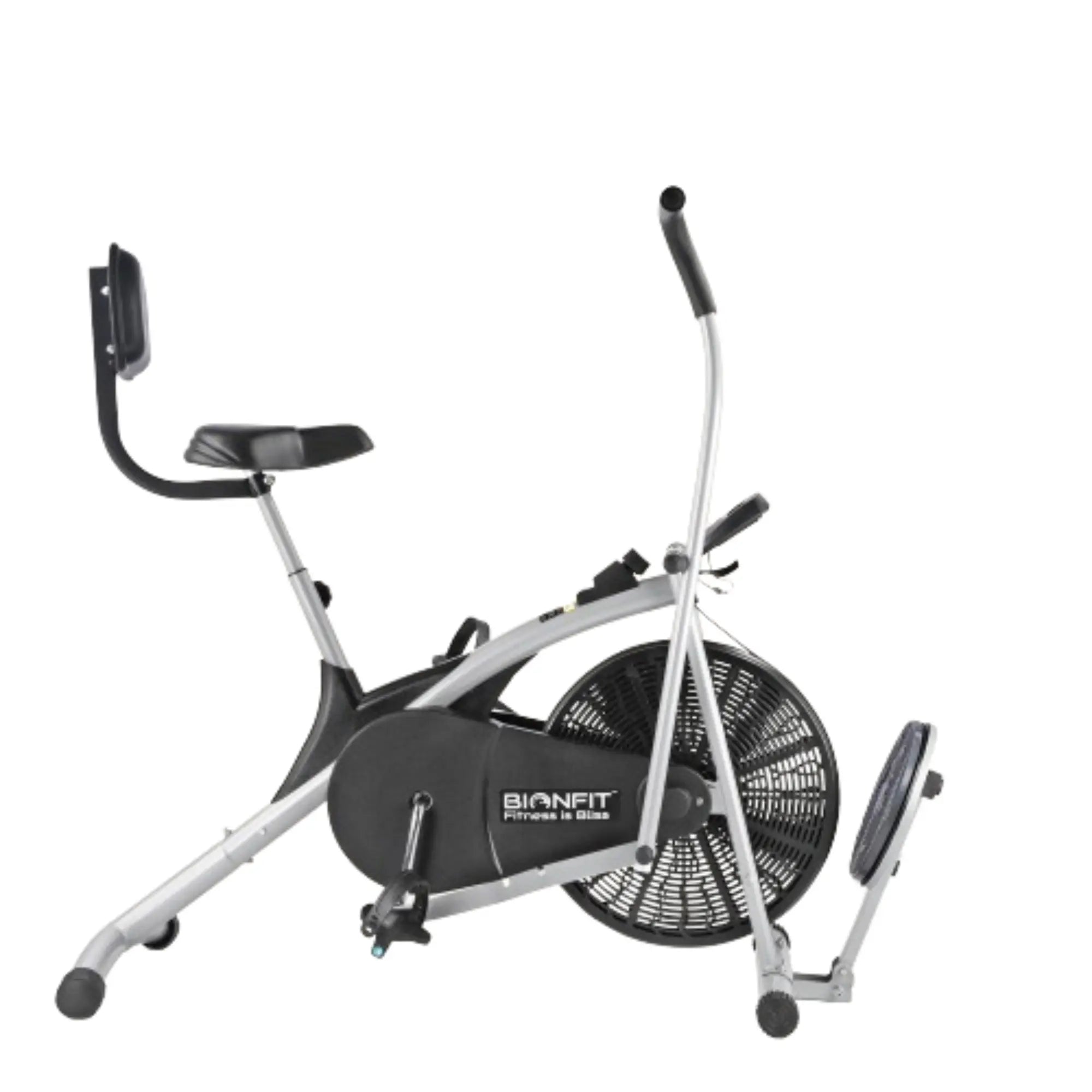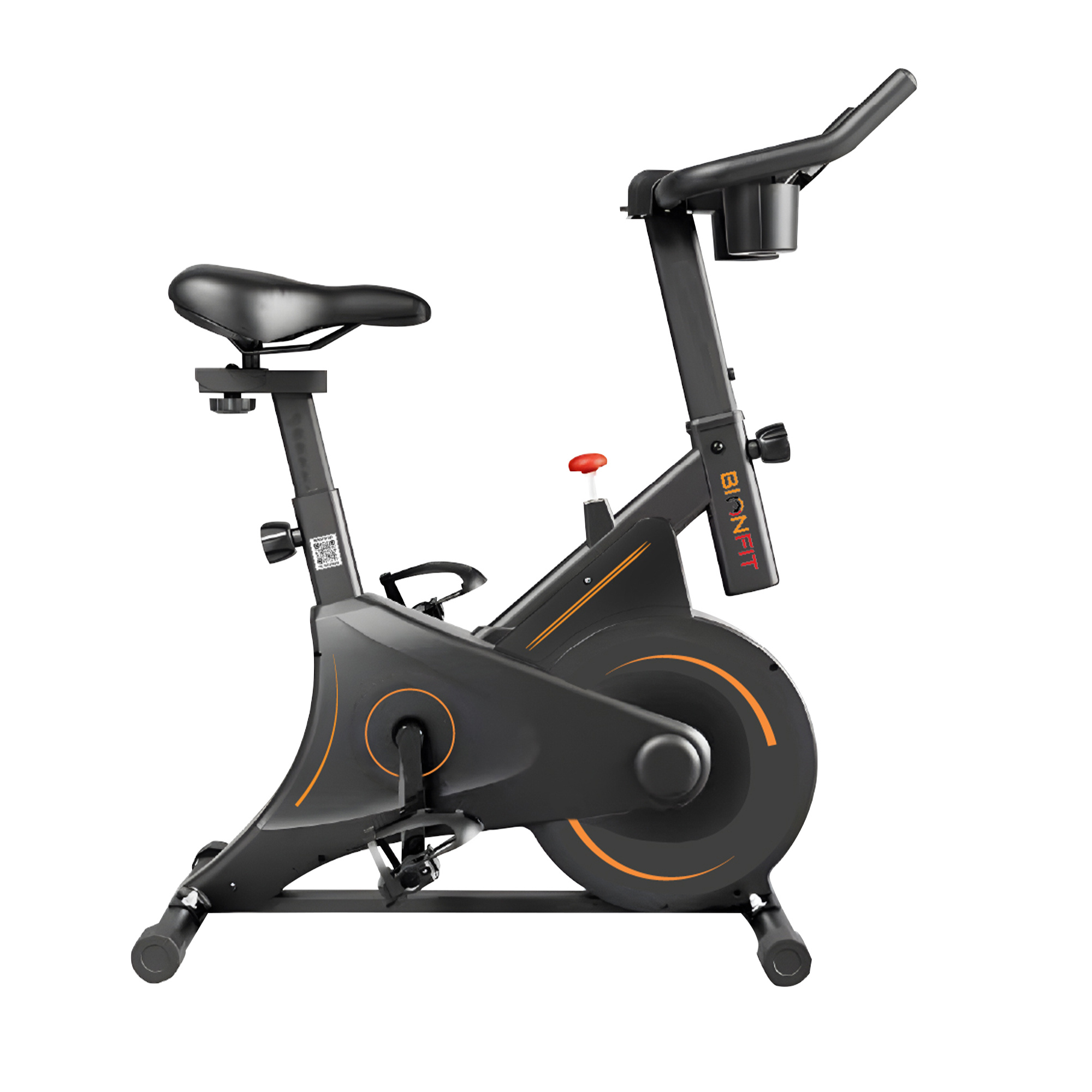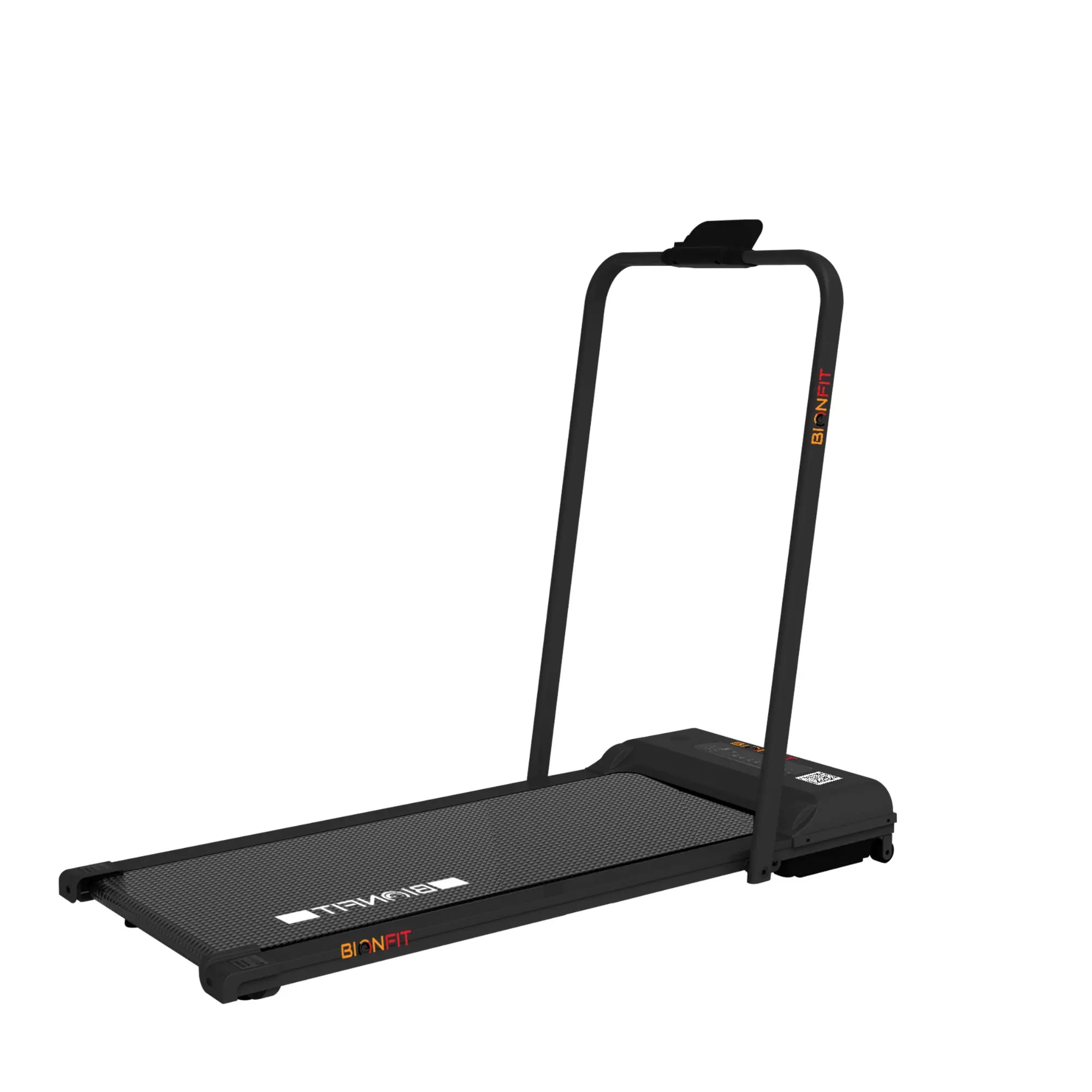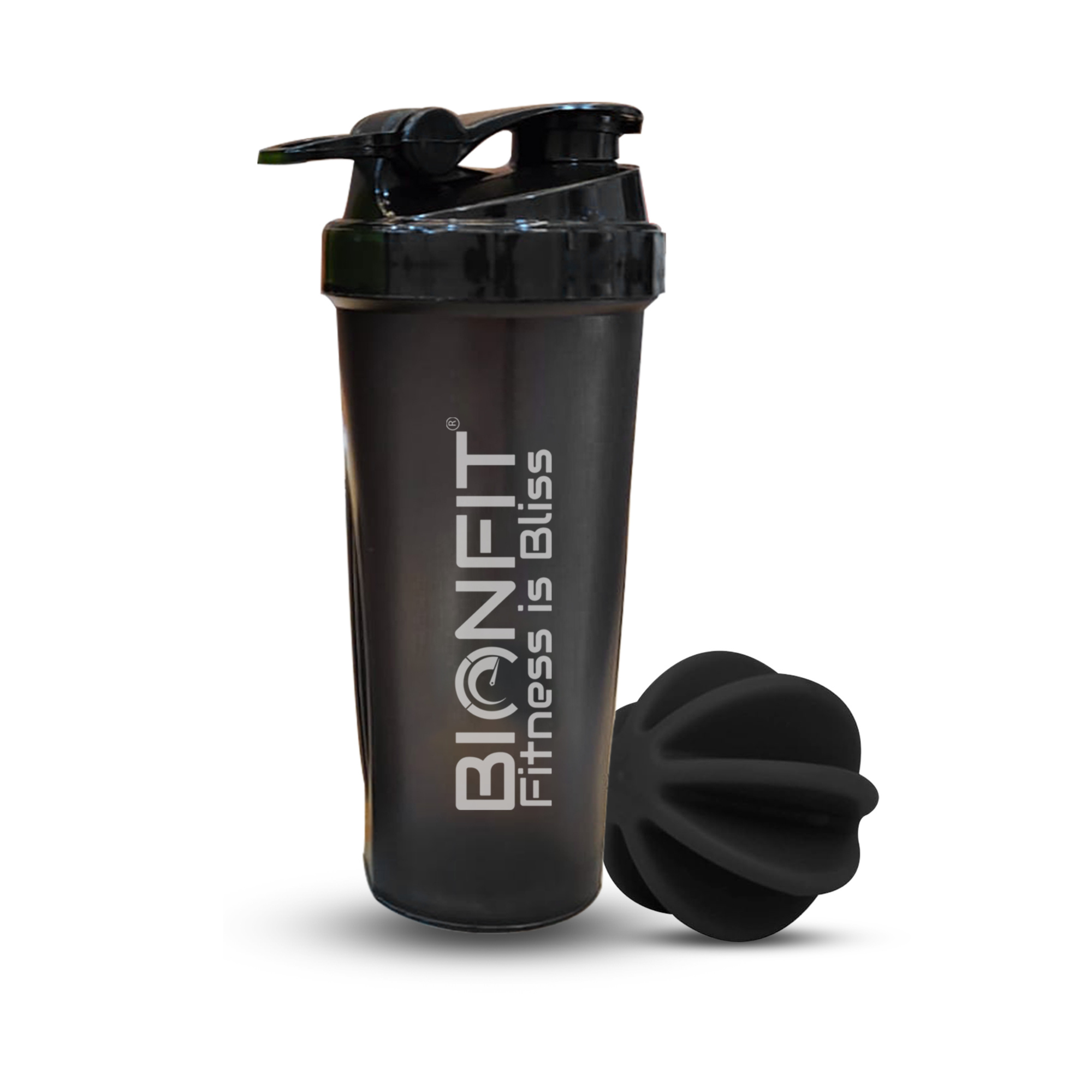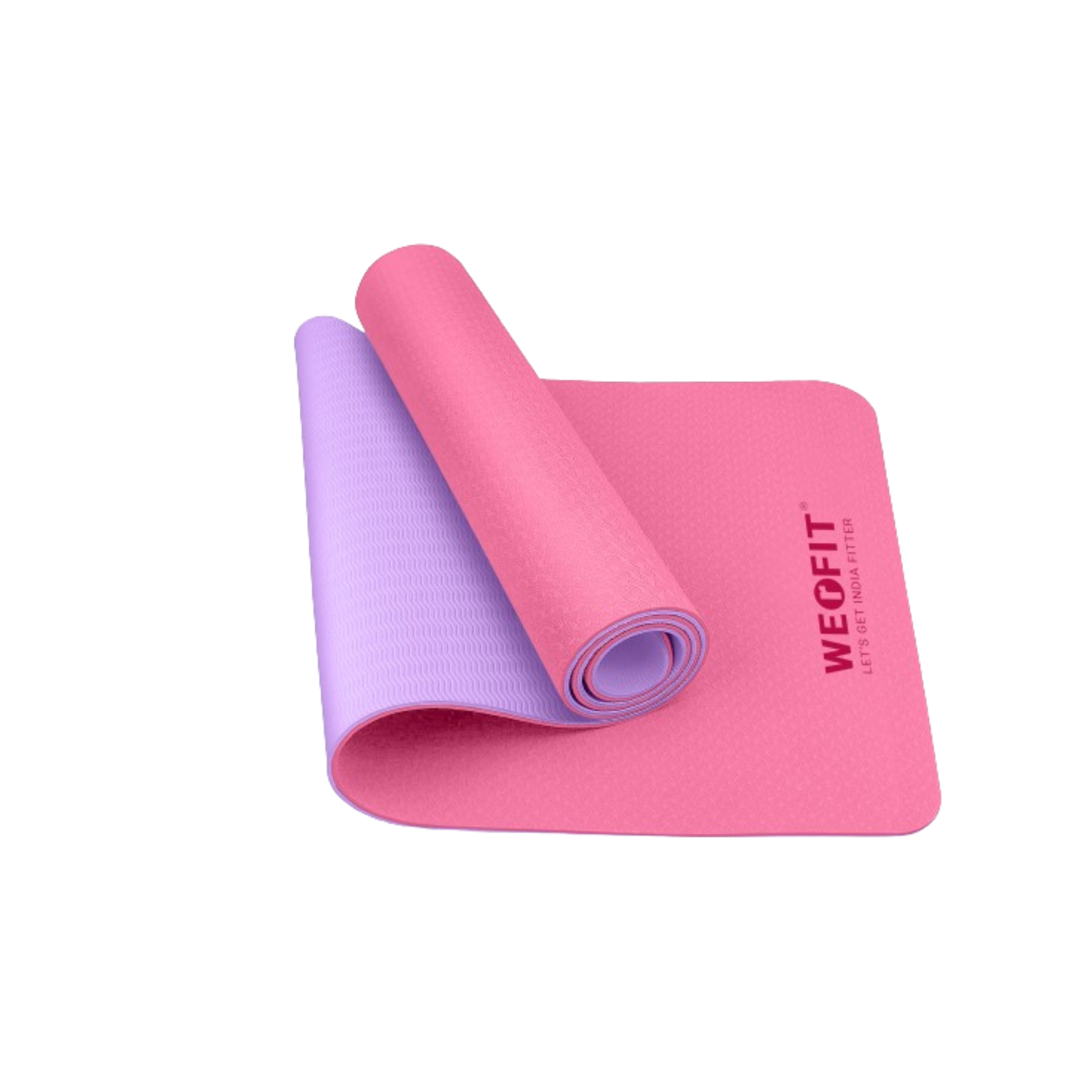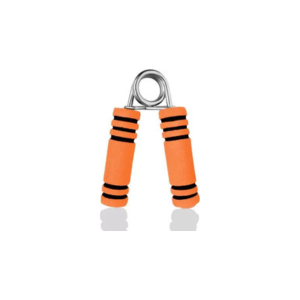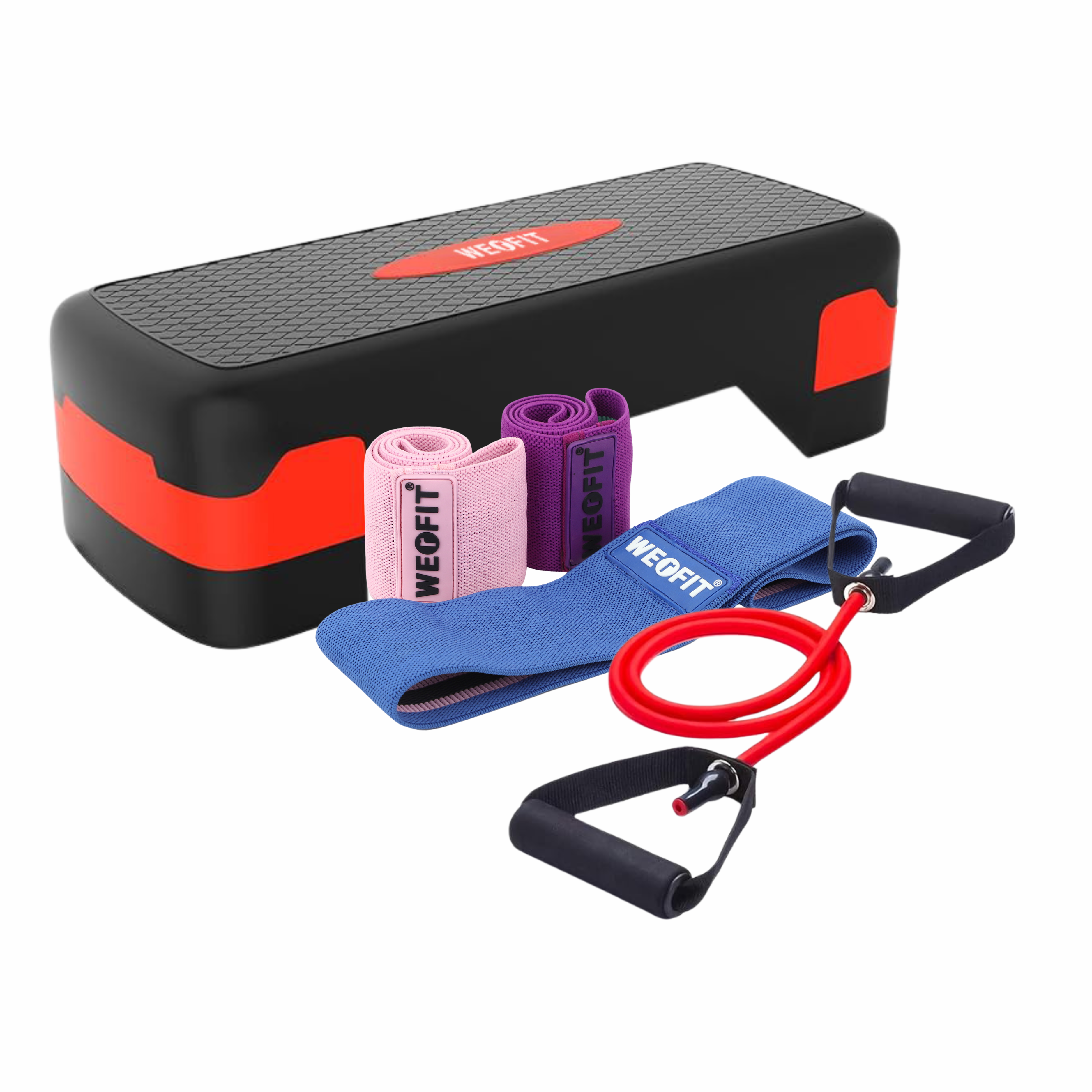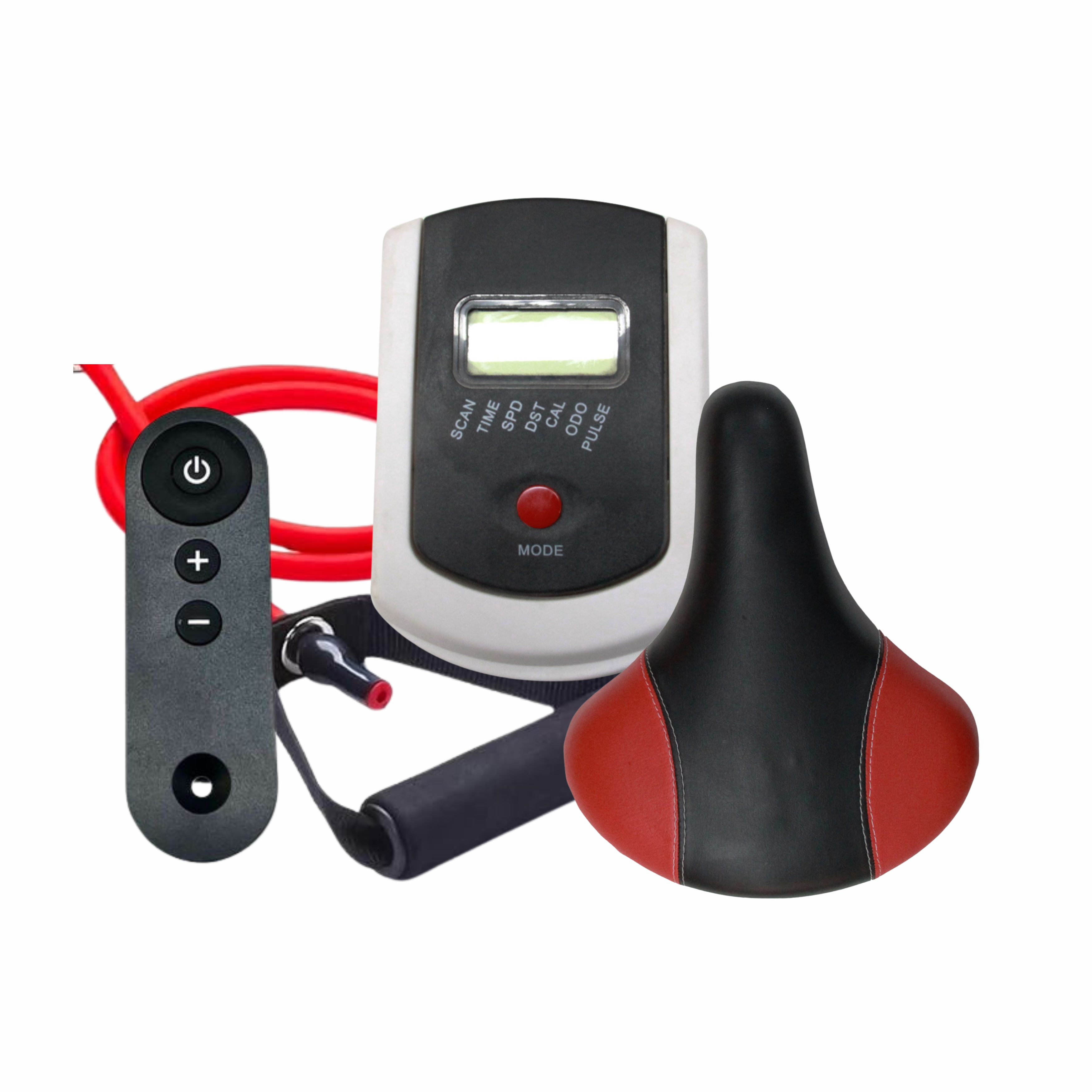
Rest & Recovery Day – The Importance of Recovery and Light Movement in Your Workout Plan
In a well-rounded fitness routine, rest and recovery are as essential as the workouts themselves. When planning a workout schedule, many people focus on intense training sessions but overlook the role of dedicated rest days. Incorporating both passive rest and active recovery, such as light movement exercises, helps muscles repair, reduces the risk of injury, and enhances performance.
Why Rest & Recovery Matter
Here’s why every workout plan should integrate intentional recovery days:
- Muscle Repair and Growth: Intense workouts cause microscopic damage to muscle fibers. Rest days allow these muscles to repair and grow stronger.
- Reduced Injury Risk: Regular recovery prevents overuse injuries, allowing tendons, ligaments, and joints to recover.
- Improved Performance: Muscles recover faster, leading to improved strength, endurance, and flexibility over time.
- Mental Refresh: Rest days offer a mental break from rigorous workouts, keeping motivation high.
Types of Recovery Days
There are generally two main types of recovery days in an effective workout plan:
-
Passive Rest Days: Complete rest days where you skip any physical activity. Passive rest is beneficial when muscles feel very fatigued or after a particularly challenging workout.
-
Active Recovery Days: Low-intensity movement helps increase blood flow to muscles, aiding recovery without putting undue strain on them. This could include activities like walking, yoga, or using low-impact exercise equipment like an air bike.
Role of Light Movement in Active Recovery
Light movement keeps your body active without stressing muscles and joints, and it can be particularly beneficial in these ways:
- Boosts Circulation: Gentle exercise on active recovery days increases blood flow, delivering oxygen and nutrients to fatigued muscles.
- Maintains Mobility: Light movement prevents stiffness, keeps joints mobile, and reduces soreness.
- Improves Muscle Flexibility: Engaging in stretching or low-impact cardio activities can help muscles maintain flexibility for future workouts.
Using an Air Bike for Active Recovery
An air bike is a valuable tool for active recovery because it combines upper and lower body movements with minimal impact on joints. Here’s why an air bike makes an excellent choice for light movement:
- Adjustable Intensity: You can control the intensity based on your effort, making it ideal for gentle movement.
- Low-Impact Exercise: Unlike running or other high-impact cardio, an air bike is gentle on the knees and joints.
- Full-Body Engagement: Using both your arms and legs, an air bike allows you to maintain full-body movement without overstraining specific muscle groups.
If you’re interested, check out Bionmart’s Air Bike collection for a range of options tailored to both intense workouts and active recovery days.
Incorporating Recovery Days into Your Workout Plan
To create a balanced workout schedule, include 1–2 rest or active recovery days per week. Here’s a simple way to structure it:
- High-Intensity Days (e.g., strength training, HIIT): Schedule these for 3–4 days a week.
- Active Recovery Days (e.g., air biking, yoga, walking): Incorporate 1–2 active recovery days to improve circulation and reduce muscle soreness.
- Complete Rest Days: Plan 1 full rest day each week to allow complete muscle recovery and mental relaxation.
Common FAQs
Q1: Can I do cardio on a recovery day?
A: Yes, but it should be light cardio like walking, gentle cycling, or air biking. Avoid intense cardio to allow muscles to recover properly.
Q2: How often should I take a rest day?
A: Most people benefit from 1–2 rest days per week, depending on the workout intensity and fitness level.
Q3: Why does my body feel sore even with rest days?
A: Muscle soreness is common, especially after new or intense workouts. Active recovery, like gentle air biking, can help reduce this soreness by increasing blood flow.
Q4: Is stretching considered active recovery?
A: Yes, light stretching is a good form of active recovery as it promotes flexibility and helps reduce stiffness.
Q5: Will skipping rest days affect my progress?
A: Yes, consistently skipping rest days can lead to overtraining, which might reduce performance and increase the risk of injury.
Conclusion
Rest and recovery days are vital for a well-balanced workout plan. Including light movement, like using an air bike, can optimize recovery by keeping muscles active without straining them. Make sure to incorporate both passive rest and active recovery days to maintain peak performance, prevent injuries, and stay motivated.
For an easy way to engage in active recovery, consider adding a versatile air bike to your home gym from Bionmart’s collection.
Follow us for more update.

